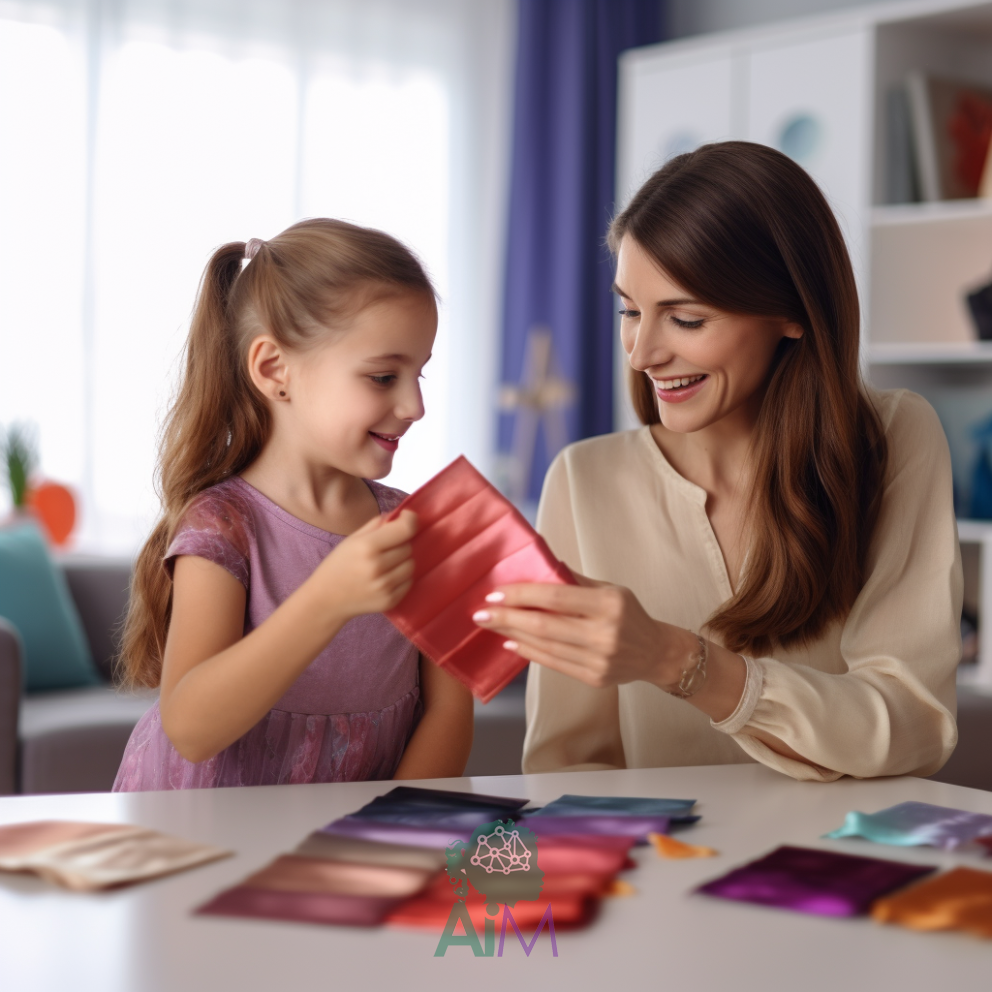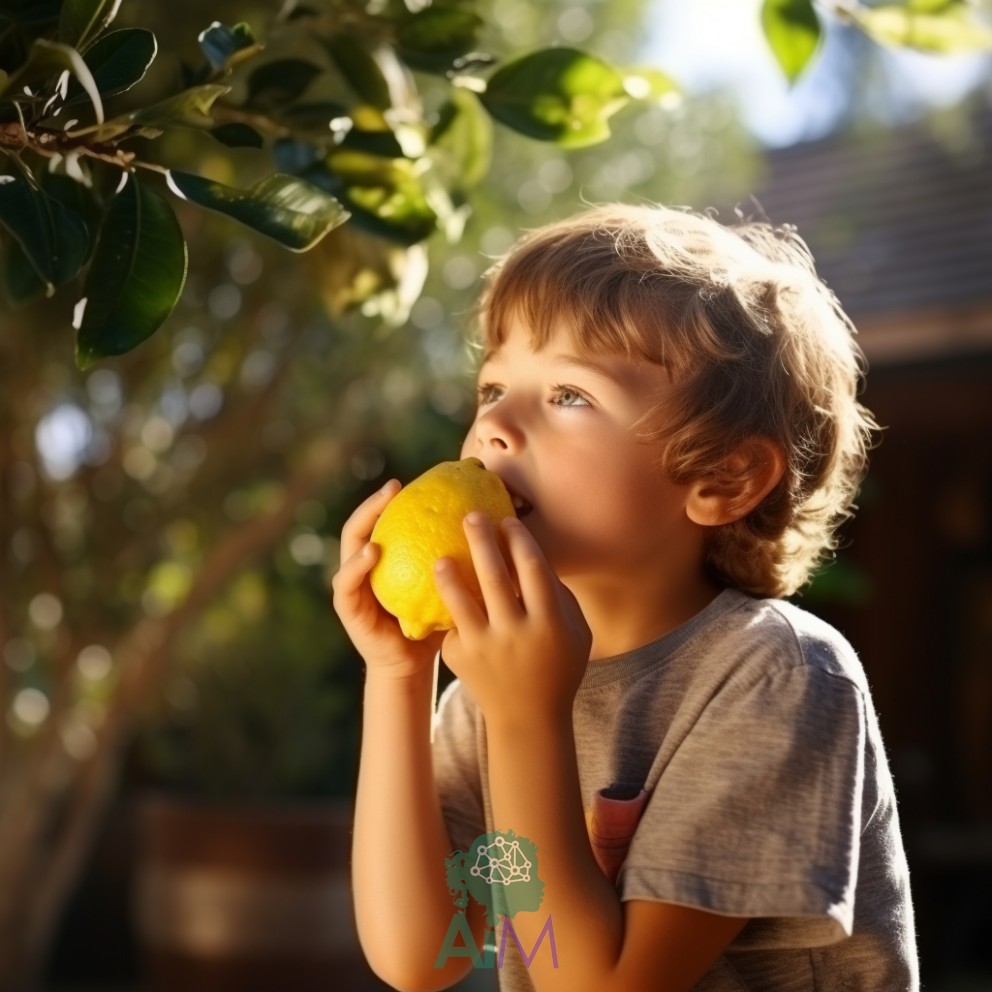Are you looking to enhance your child’s sensory development and foster their love for learning at home? Montessori-inspired sensorial play is a fantastic way to do just that. In this blog post, we’ll delve into the world of sensorial activities, offering ideas and guidance for creating an engaging sensory play environment in your own home.
Why Sensorial Play Matters:
Sensorial play is a cornerstone of the Montessori philosophy. It’s all about engaging a child’s senses to help them understand the world around them. Through sensory exploration, children develop essential cognitive, physical, and social skills. They learn to observe, compare, and make sense of their surroundings, all while having fun.
Setting the Stage:
Before we jump into specific activities, let’s talk about creating the ideal environment for sensorial play at home:
- Dedicate a Space: Designate a corner or area in your home for sensorial play. This could be a low table or mat where activities are set up, along with accessible storage for materials.
- Organize Materials: Use trays, baskets, or containers to neatly organize your sensory materials. This not only helps your child find what they need but also teaches them about order and responsibility.
- Safety First: Ensure that all materials are safe and age-appropriate. Always supervise your child during play, especially with small objects.
- Minimalism Is Key: Keep the space clutter-free and minimalistic. Montessori environments value simplicity, which allows children to focus on the activities at hand.
Five Fantastic Sensorial Play Activities:

Now, let’s dive into five Montessori-inspired sensorial play activities you can easily set up at home:
- Texture Exploration:
- Gather a variety of textured items like sandpaper, silk fabric, a smooth stone, and a soft feather.
- Place these items on a tray or in individual containers.
- Encourage your child to explore each texture by touching and feeling the materials.
- Ask questions like, “How does this feel? Is it rough or smooth? Is it soft or hard?”
- Size Sorting:
- Collect objects of various sizes, such as small and large buttons or wooden beads.
- Provide a sorting tray or mat.
- Show your child how to sort the objects by size, placing them in separate containers.
- Ask them to identify which items are big and which are small.
- Sound Matching:
- Find objects that produce distinct sounds, such as a bell, a rattle, or a seashell.
- Blindfold your child and play each sound one at a time.
- Challenge them to match the sound to the corresponding object.
- This activity hones their auditory discrimination skills.
- Smell Exploration:
- Collect various scented items like cinnamon, lemon peel, lavender, and coffee beans.
- Place each scent in a small container with a lid.
- Blindfold your child and have them identify and describe each scent by sniffing.
- Encourage them to use words like “spicy,” “citrusy,” or “fragrant.”
- Shape Puzzles:
- Provide wooden or cardboard shape puzzles with pieces that fit into corresponding spaces.
- Show your child how to remove and replace each shape correctly.
- Let them work independently to complete the puzzle.
- Discuss the names of the shapes and their characteristics.
Benefits of Sensorial Play:
Engaging in sensorial play offers numerous benefits for your child’s development:
- Enhanced Sensory Awareness: Children become more attuned to their senses, leading to better observation and perception skills.
- Fine Motor Development: Activities like sorting, touching, and matching improve hand-eye coordination and fine motor skills.
- Language Development: Describing textures, sizes, and smells encourages language development and vocabulary expansion.
- Independence: Sensorial play empowers children to make choices, solve problems, and explore the world independently.
- Focus and Concentration: These activities promote concentration as children engage deeply with each task.
Incorporating Montessori-inspired sensorial play into your daily routine not only supports your child’s development but also creates joyful and meaningful learning experiences. Remember that the goal is not just to complete an activity but to nurture your child’s innate curiosity and love for learning. So, let’s embark on this sensory adventure together, one texture, sound, or smell at a time!
